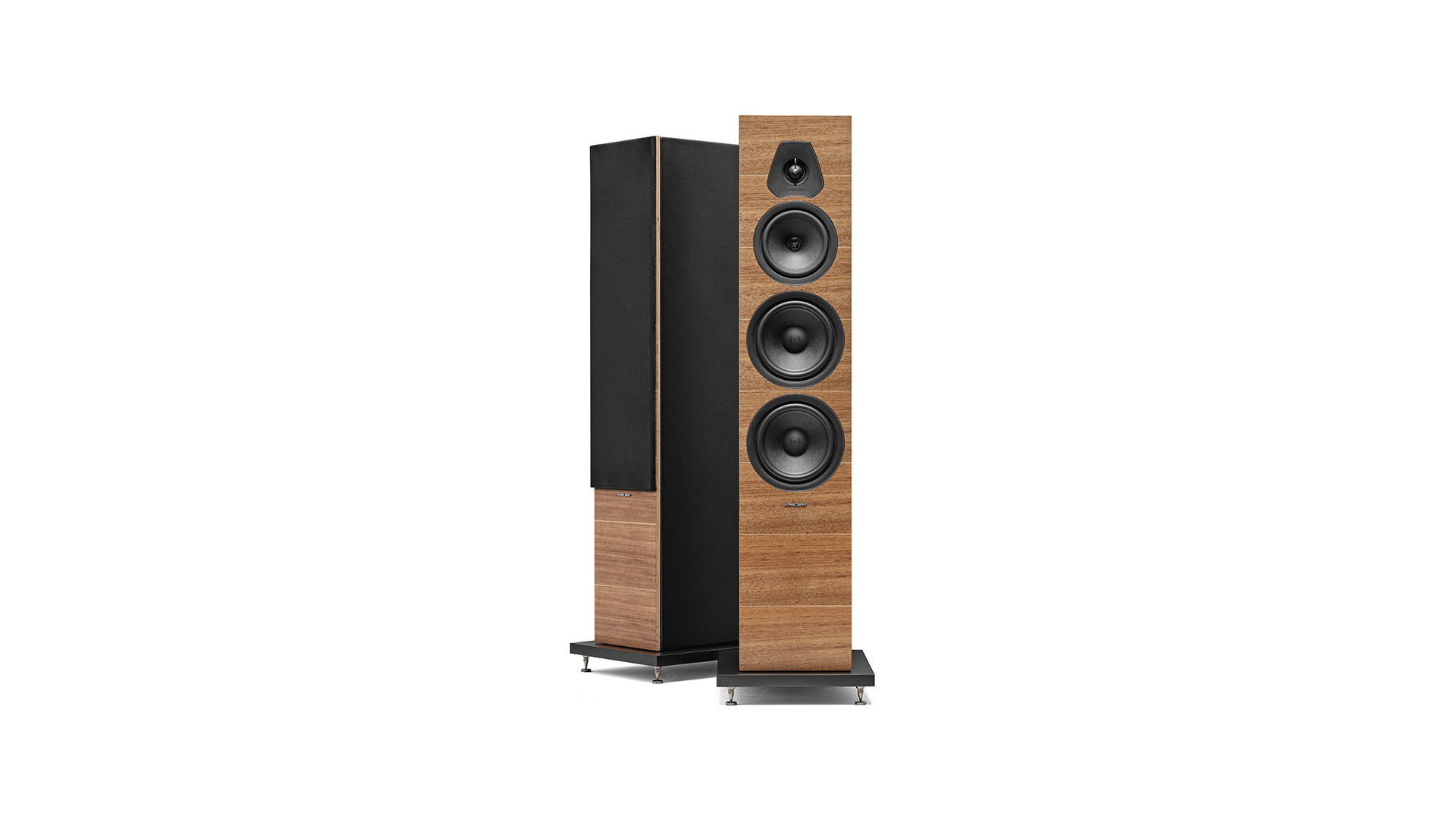What Hi-Fi? Verdict
The Sonus Faber Lumina V offer an enticing and easy-going approach to music replay that makes them a serious alternative to the usual choices
Pros
- +
Lovely with vocals
- +
Easy-going character
- +
Impressive bass power
- +
Classy aesthetics
Cons
- -
Need careful partnering and a larger space to shine
Why you can trust What Hi-Fi?
What is it that you want from your speakers? Are you after the most analytical boxes you can lay your hands on, or is it the most engaging musical experience that matters most? In our experience, these two things don’t always equate. Sonus Faber’s new Lumina V floorstanders land squarely on the musical side of things, and that’s fine by us.
Lumina is the Italian brand’s entry-level range and includes two standmounters, two floorstanders and a matching centre. There isn’t a subwoofer dedicated to the range but the company does make a number of suitable offerings that can be used. The Lumina V is the largest speaker in the range, but despite its generous proportion – 105 x 28 x 37cm (hwd) – it doesn’t unduly dominate a room.
Build & design
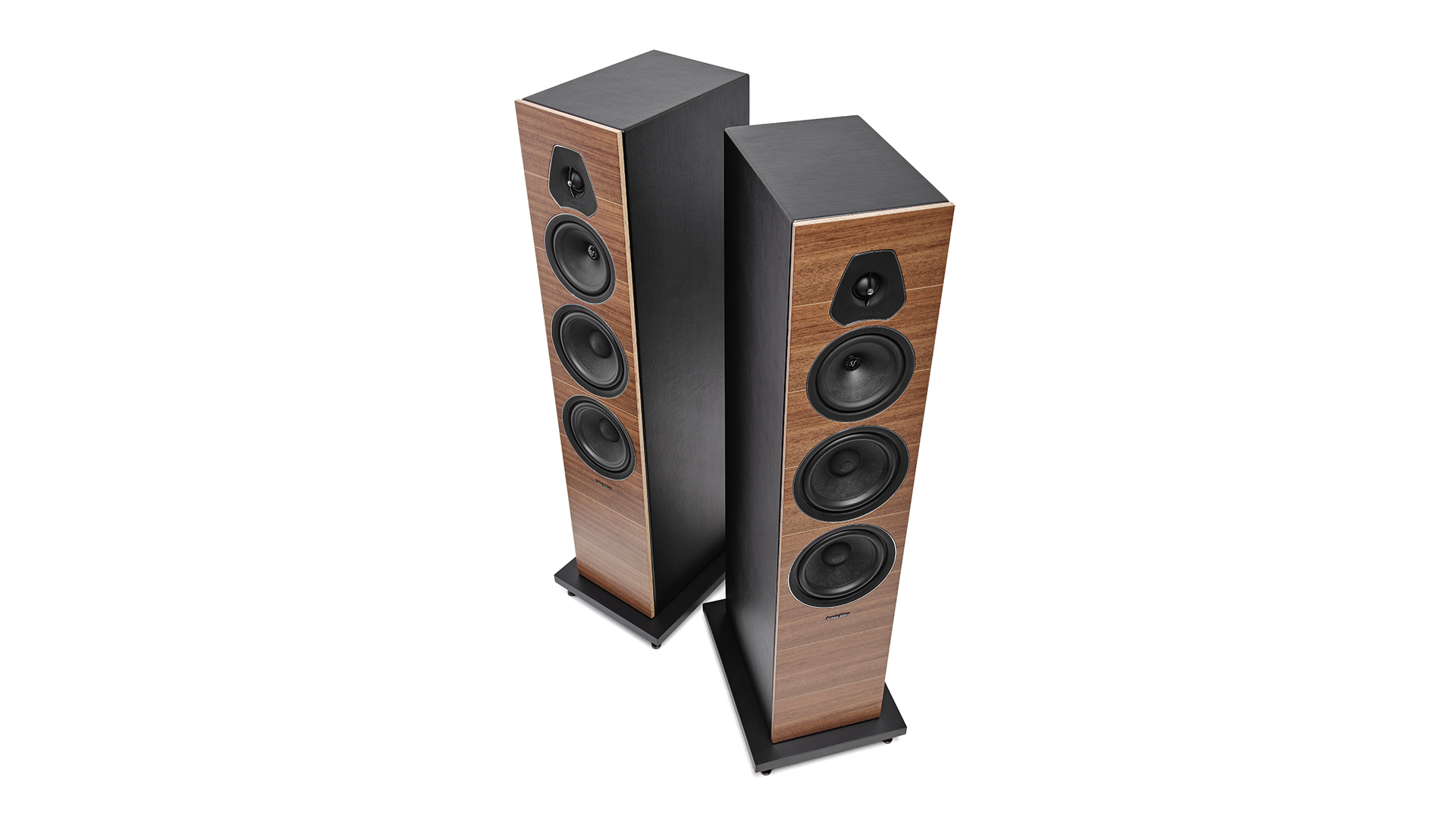
Aesthetics have always been a key part of the Sonus Faber DNA, and that remains the case here. The price point dictates that there isn’t scope for the company’s usual highly sculptured cabinet designs, but these Lumina V floorstanders still look distinctive and smart. There are three options for the plywood front panel. It can be covered in classy real wood veneer – walnut or wenge – with maple inlays, or painted gloss black. The rest of the cabinet is made of MDF and covered with a faux-leather material, bar the back panel that’s painted satin black.
The combination of colours and materials is unusual, but it works – giving the speakers an air of elegance most rivals lack. But there’s more here than just a pleasing appearance. Look inside and you’ll find that the tweeter and midrange are built into their own ‘lute-shaped’ enclosure, which not only reduces the build-up of standing waves but helps the rigidity of the cabinet.
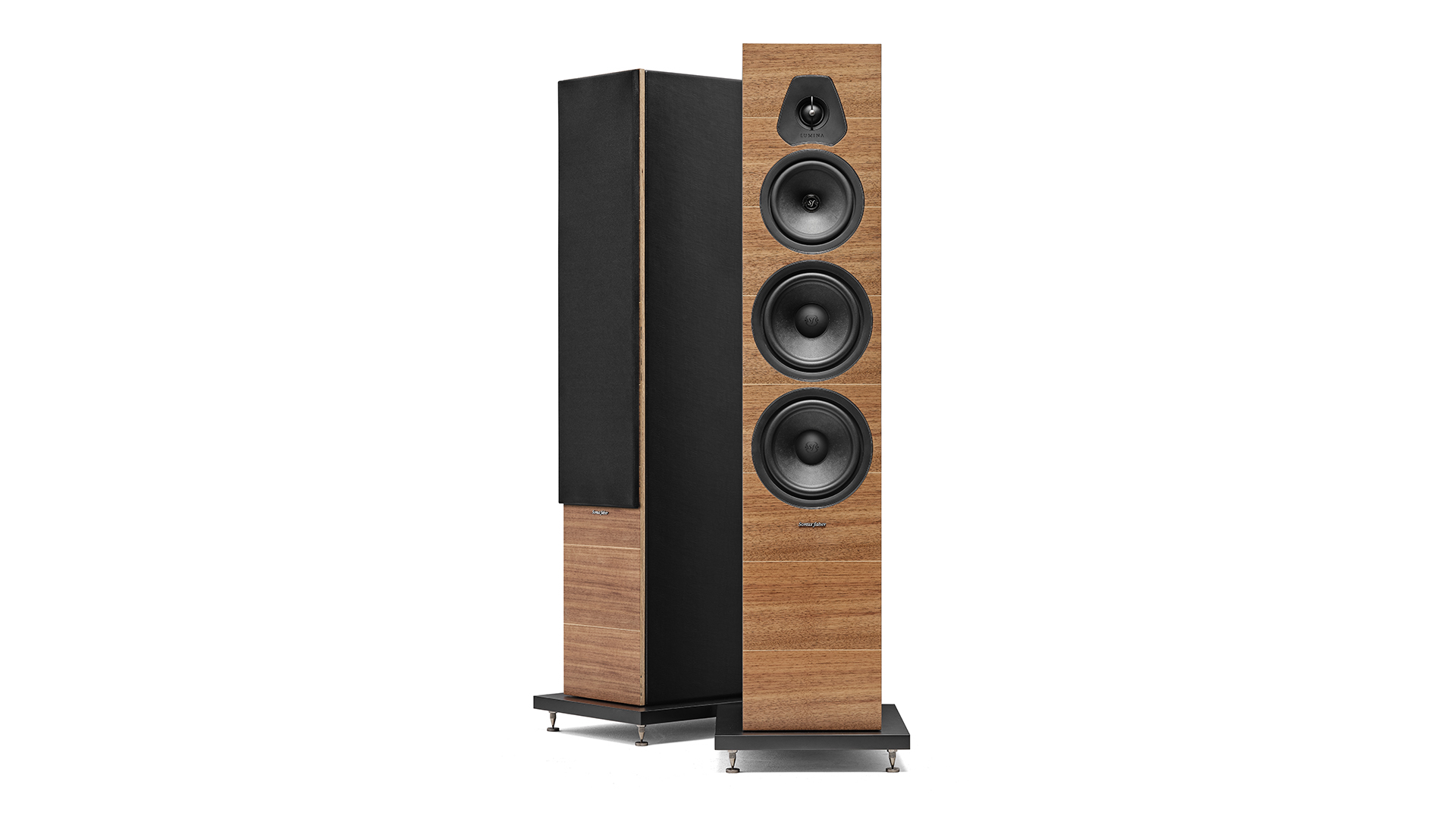
Type 3-way floorstander
Tweeter 29mm soft dome
Midrange 15cm paper/natural fibre cone
Bass 16.5cm paper/natural fibre cone x2
Sensitivity 90dB/W/m
Nominal impedance 4 ohms
Ported Downward
Size (hwd) 105 x 28 x 37cm
Weight 22.5kg
The Lumina V are three-way speakers. The tweeter is an unusually large 29mm soft dome design. What looks like a conventional phase plate is actually part of Sonus Faber's Damped Apex Dome technology, often referred to as DAD in the company’s literature. This is claimed to improve the phase behaviour of the diaphragm by damping the centre of the dome. The 15cm midrange and dual 16.5cm woofers all make use of a paper/natural fibre cone material, but in the case of the low-frequency drivers, there are two paper/natural fibre layers sandwiching a syntactic foam. A large downward firing port, which exits through the plinth, tunes the lows.
The four drive units are linked by a carefully calibrated crossover that seeks to optimise phase and amplitude behaviour. The crossover points are relatively conventional at 260Hz between bass and midrange and 2.6kHz from the midrange driver to the tweeter.
Compatibility
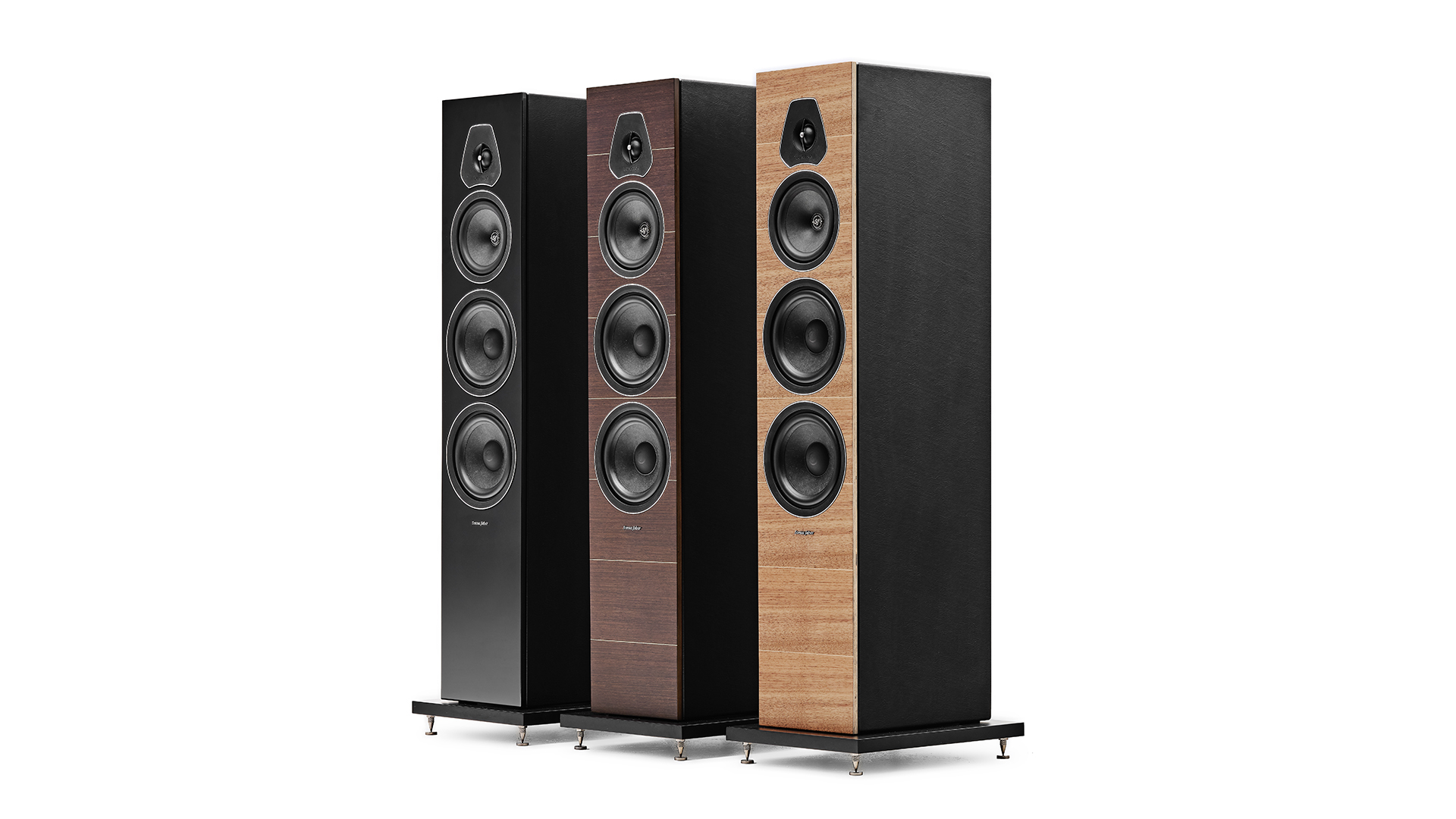
The Lumina V’s claimed 90dB/W/m sensitivity may suggest that they are an easy electric load, but the 4 ohm nominal impedance means you’ll need an amplifier with a bit of grunt to drive them properly. We think something like Rega’s Aethos or Naim’s SuperNait 3 are good places to start. You’ll need good quality sources as well if you want to hear just how good these speakers can sound.
The Lumina V thrive when given a bit of space to breathe. In our 7m x 5m test room, these towers work best around a metre away from the back wall and well away from the sides. They need a bit of care over angling towards the listening position. In our case, crossing them just behind our heads produces the best balance between stereo image solidity and soundstage width. Even then, these speakers don’t have the most expansive or spacious stereo imaging we’ve heard for the money.
Sound
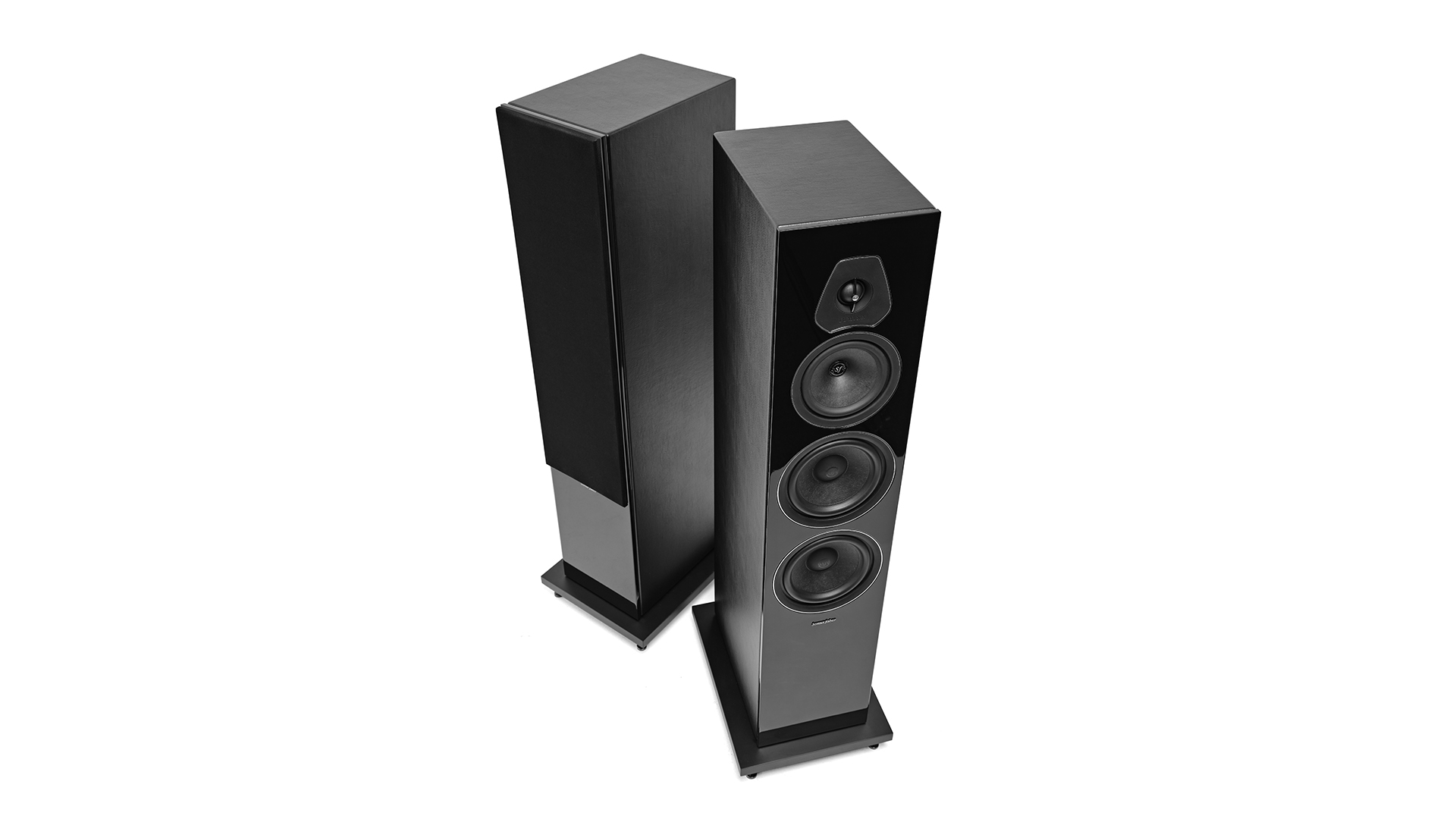
These Sonus Fabers prove to be something of a slow burner for us. They’re not as forward, direct or overtly exciting as some rivals. But, given a bit of time, they begin to work their way into our affections. Their midrange is a true highlight. It is as articulate and expressive as we’ve heard at this level. Vocalists such as Michael Kiwanuka or Nick Cave come through with grit and passion intact; the Lumina V manages to deliver voices with rare palpability.
While we can pick out low-level details if we want to, or take apart the production with ease, these things aren’t as interesting to the Sonus Fabers as making sure the energy of Kiwanuka’s You Ain’t the Problem is communicated properly. Similarly, we listen to Cave’s Into My Arms and it is the emotional impact of this heartfelt love song that takes priority. Sure, the piano in the track is reproduced with finesse, and the bass has authority, but these speakers are more concerned with trying to integrate these elements into a cohesive and musical whole rather than trying to dazzle us with their abilities.
The Lumina V have no difficulty in delivering sonic fireworks when the music demands. We play Holst’s Jupiter and they render the classical piece with all the scale and majesty it deserves. Those two bass drivers generate an admirable amount of low-end heft and combine that with enough agility to avoid dragging the pace of the music.
Large-scale dynamics come through with verve and composure, with little sense of the speakers hardening up, even at higher volume levels. Yet, despite the obvious muscularity on offer, there is still enough space to deliver dynamic nuances and low-level subtleties properly.
Tonally, these speakers fall on the richer, full-bodied side of neutral, but never err so far as to sound less than articulate. Rivals such as the Spendor A4 or ProAc Response DT8 are certainly more precise in the way they outline instruments and voices, and particularly bass notes, but the Sonus Fabers’ natural sonic grace and easy-going nature balance the scale.
Verdict
The Lumina V are thoroughly charming speakers. They have an unusual blend of abilities that puts them up with the best at this price. Give them a bit of room to breathe and a system that plays to their strengths, and you’ll be treated to a wonderfully musical experience.
SCORES
- Sound 5
- Build 4
- Compatibility 4
MORE:
Read our review of the ProAc Response Response DT8
Also consider the Spendor A4
What Hi-Fi?, founded in 1976, is the world's leading independent guide to buying and owning hi-fi and home entertainment products. Our comprehensive tests help you buy the very best for your money, with our advice sections giving you step-by-step information on how to get even more from your music and movies. Everything is tested by our dedicated team of in-house reviewers in our custom-built test rooms in London, Reading and Bath. Our coveted five-star rating and Awards are recognised all over the world as the ultimate seal of approval, so you can buy with absolute confidence.
